Cold war shelter
Over the years I’d hear rumours of a secretive “cold war shelter” hidden away somewhere up the Bow Valley near Cammore. I was told of a little known but massive bunker built into the side of a mountain that was to protect government officials from nuclear attack. Or that was it for the storage of valuable or irreplaceable official documents or objects of art. Or that it was to secret away gold in the event of a crisis. Every one I spoke to had highly romanticized idea as its purpose including some elaborate Area 51/X-Files type conspiracy theories.
However I am certain the reason of its existence is probably something a little more mundane. And for being secretive, it’s hardly so. It’s a short trip on an easily accessed trail near a popular hiking and rock climbing spot. And is it huge? Yes!
The trip begins at Lac des Arcs, at the parking site on the south side of the highway. Take the wide trail heading west paralleling the highway, following it for a few kilometres. There are no real challenges here, a small hill to summit, and some loose gravel when passing over dry creek beds. But that’s it.
At an obvious junction, take the trail heading up to the left. It switchbacks once, levels out, and shortly after you come to the tunnel. You can’t miss it.
Water drips from the entrance – this is the only wet area and otherwise inside it’s bone dry. Cool air blasts out and the darkness beckons. Looking up, the cliffs of Mount McGillivray tower above the opening.
Gather you gear together, your flashlights, extra batteries and head in. The roof is high enough and free of any loose bits so helmets are not really necessary. Although it’s never a bad idea.
The floor is flat and mostly level and easy going. The tunnel you entered heads straight in and then unceremoniously ends. It looks like they had plans to go in further.
About half way in a side tunnel goes off to your left leading away at roughly a 45 degree angle. Following it you’ll pass a total of four chambers, two on each side. They are are all roughly the same dimension, perhaps the size of a two or three car garage. The access tunnel you are in appears to head in further still, but after the last set of chambers it quickly dead ends. It almost looks like they had plans to go further here as well and for some reason just up and stopped one day.
In one chamber, a drill rod sticks from the ceiling, further hinting that work was stopped abruptly. In other areas some clips hang from the walls – perhaps they held cables for lighting? Garbage litters the floor in spots and clearly the place has been used to host parties. Occasionally, you can see signs of some rodents that live in the bunker. They are too fast to photograph, although you can hear them scurrying about in the darkness.
The rock wall beside the opening is often used by climbers, so keep a lookout when exiting.
On our visit, a church group was inside exploring. A scary Halloween mask was found hanging in the main passage.
So what’s the true story on this place?
Starting with when was it built? There is no real data and nothing at the site itself hints at this. Most information I’ve found speculates that it was excavated during the height of the cold war (so the late fifties and early sixties), hence the Cold War shelter moniker (10/10/2014 update – in fact it’s from the late 60s/early 70s)
It’s purpose? I’ve heard it it was a project of the Rocky Mountain Vault & Archive Company. This was private firm who’s plans were to sink a tunnel into the mountain, where you could rent space to safely store your valuable possessions or records or whatever. But something does not sit right. It certainly would be a safe storage place all right. But the location is very odd. It is close to the highway but is not accessible by any road, nor could one be built up to it very easily – meaning it would not be a quick and easy place to access in times of trouble. Or at any time for that matter. The location just seems wrong and nor is it near any real population base. This is all really strange.
Is it a mine? Some have suggested this, but that answer is absolutely no. Everything in the front ranges is almost 100% limestone and bulk material like this is always mined quarry or open pit style (witness the Exshaw pit across the Bow River). There are certainly no metallic minerals to be found in this region. You have to travel west almost into BC before you intercept any mineralized zones. This rules that argument out.
Conclusions? The place is well built and laid out in an orderly fashion, so it had a specific purpose. But at this point there is no real solid data to go on, and until I hear otherwise it’ll remain somewhat of a mystery. We’ll continue to research however and of course we always like to hear from our readers too. (10/10/2014 update – we know more about it now and have a near complete story – the subject begs to be revisited and a new article written.)
We went back recently…
Cold War Bunker Revisited
To see some hikes we’ve done in the area, go here…
Grotto Canyon.
Jura Creek.
If you wish more information on this place, by all means contact us!
Date of adventure: May 2012
Location: Kananaskis, Bow valley area.
Distance: 4km round trip.
Height gain from start: negligible.
Height gain cumulative: 50m or so.
Technical bits: None
Notes: DANGER! Going inside a tunnel or mine is very unsafe.
Reference: None.
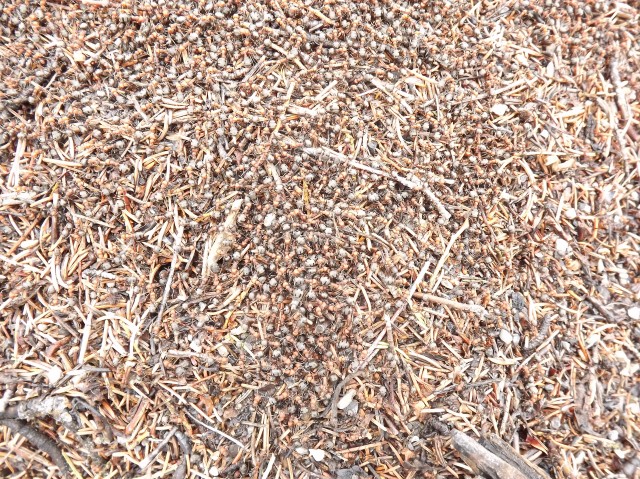
A huge ant colony.
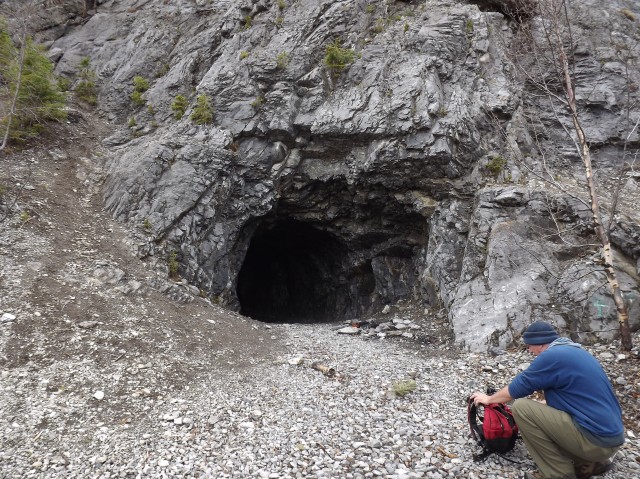
Getting ready to go inside the Cold War bunker.
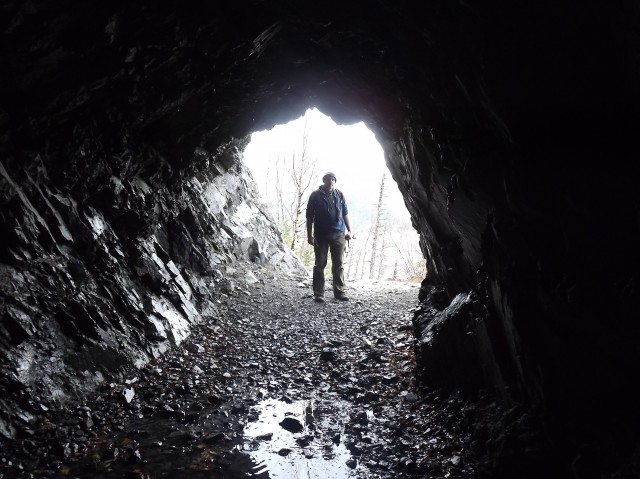
The entrance was a bit wet, but beyond that the bunker was bone dry.
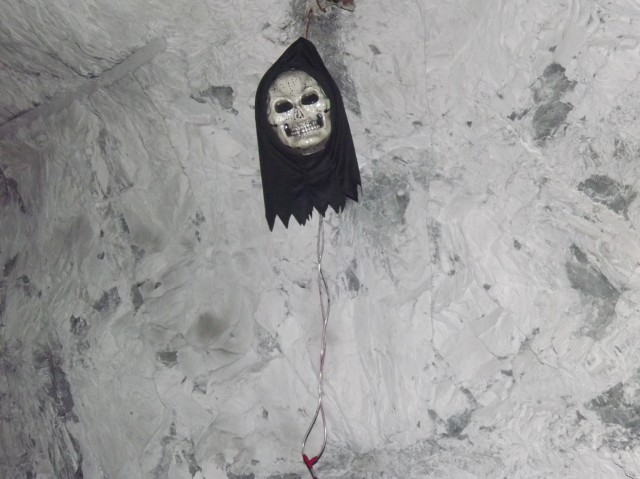
Our greeter.
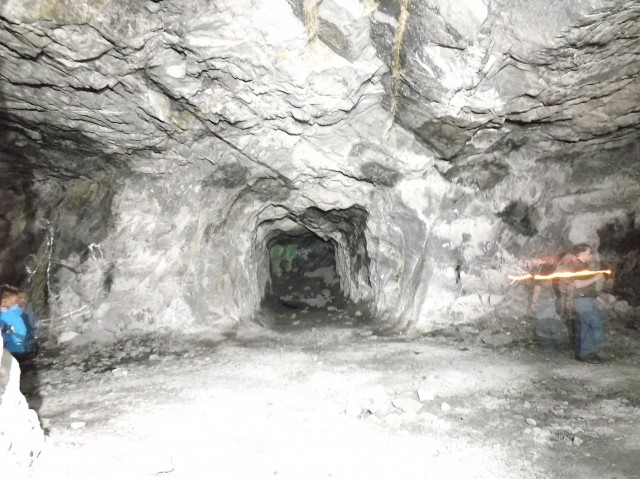
There were five large side chambers.
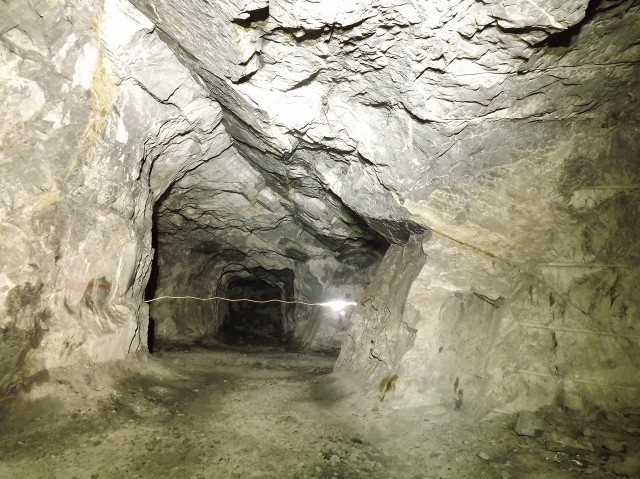
The connecting tunnel that ties all the chambers together. Everything is much larger than it appears. The place is big.
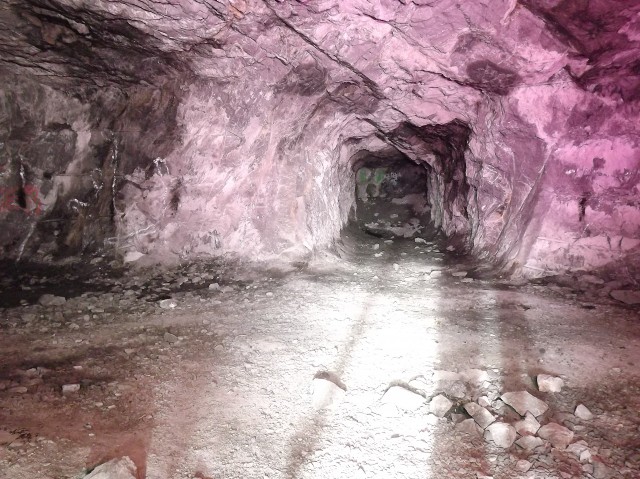
Having fun with flash with coloured gels.
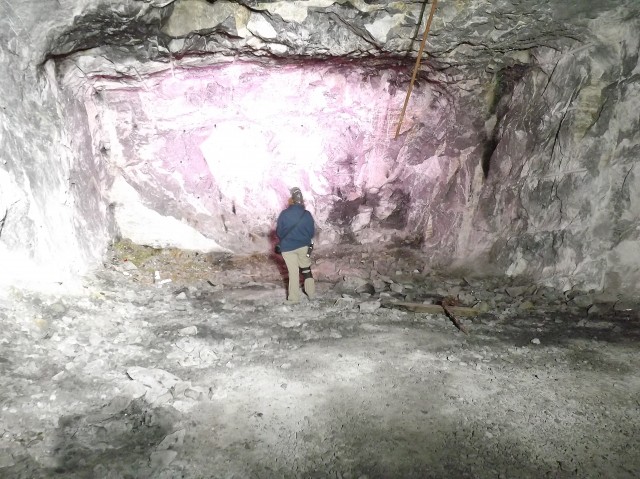
Note drill rod sticking out of the ceiling.
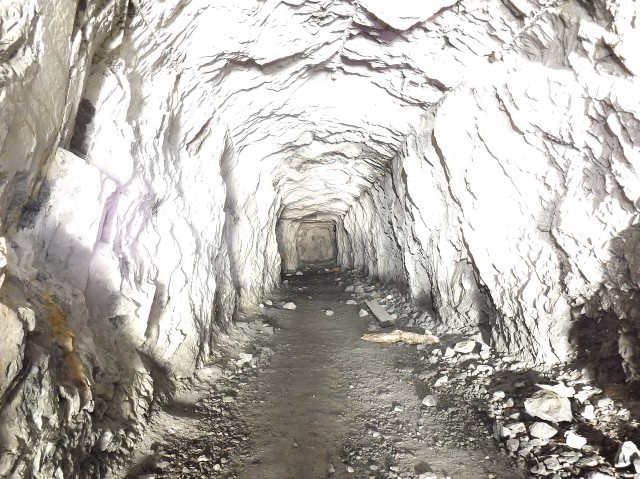
A dead end side tunnel. It looks like they had intentions to go further into the mountain.
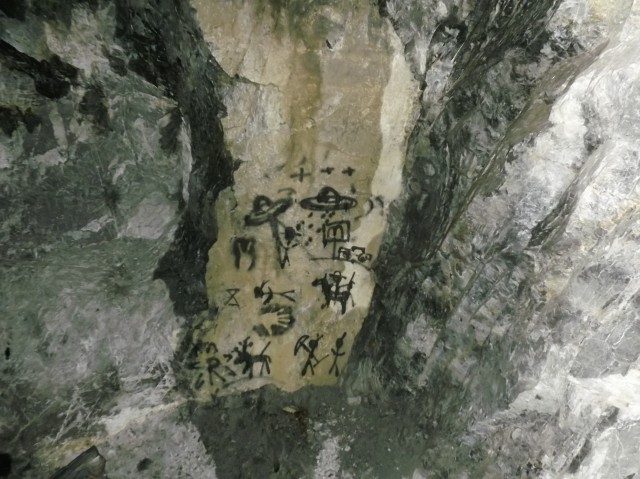
Cave art.

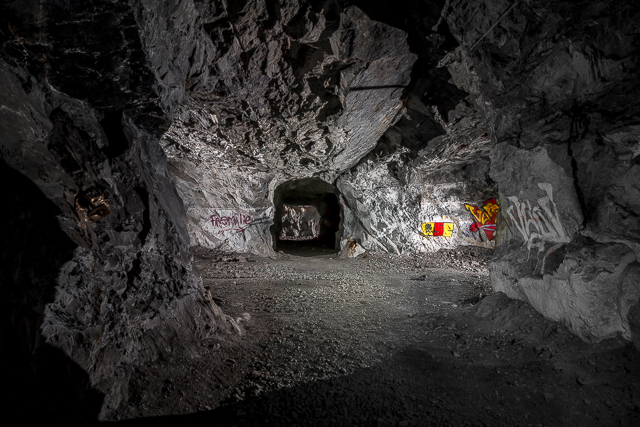
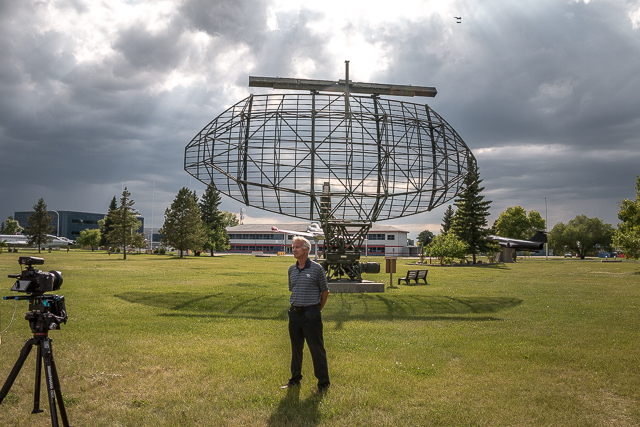
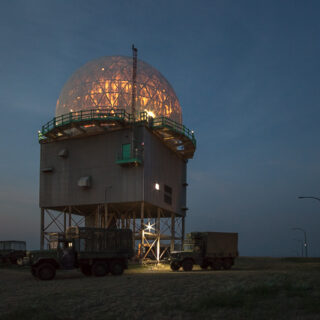
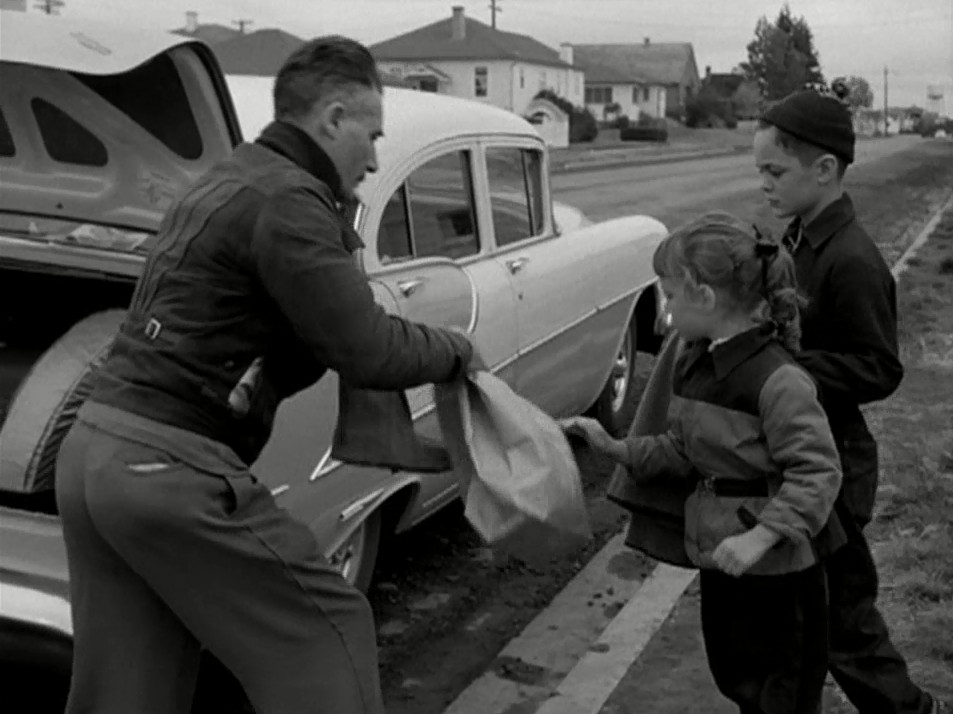
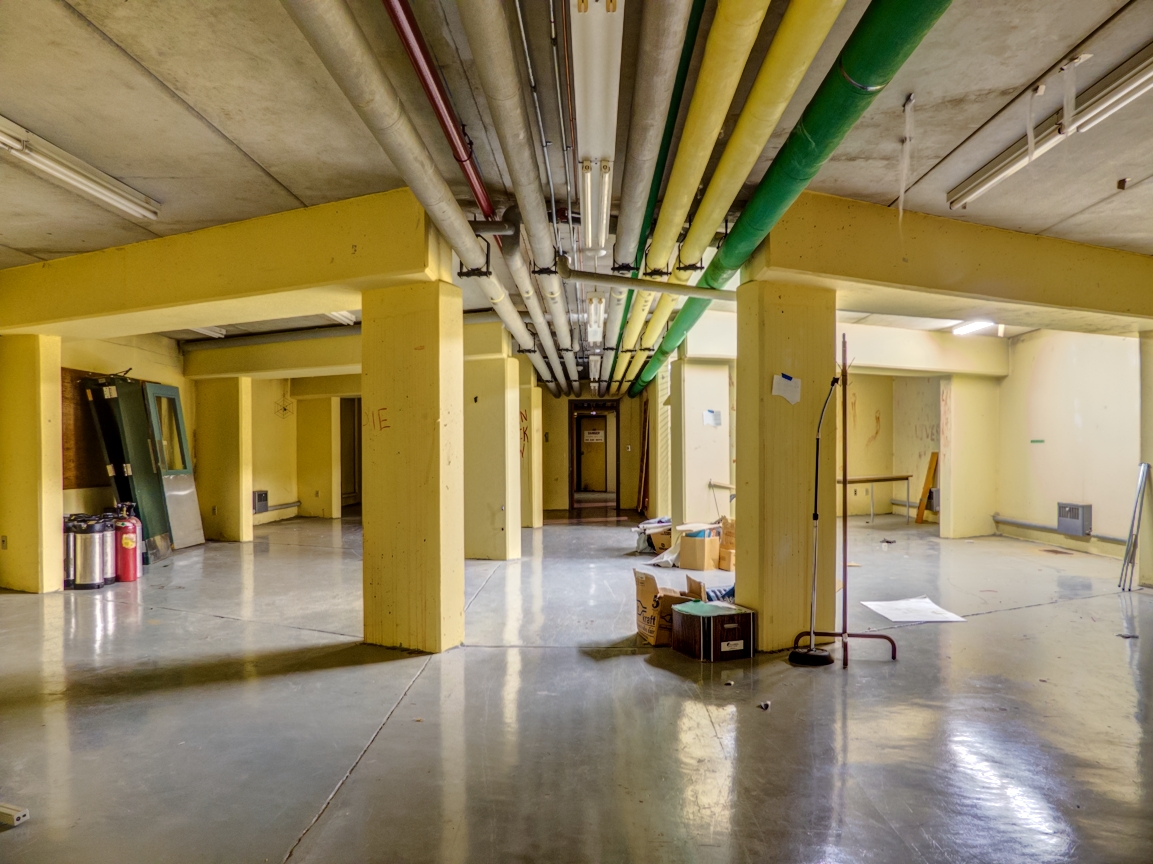
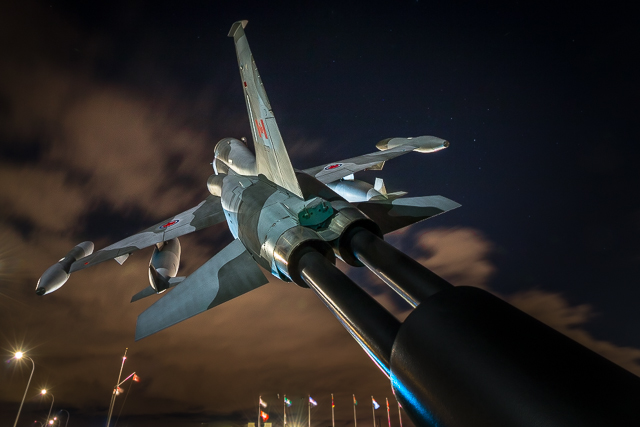
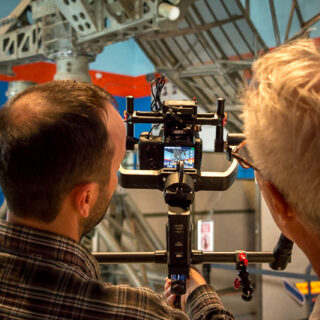
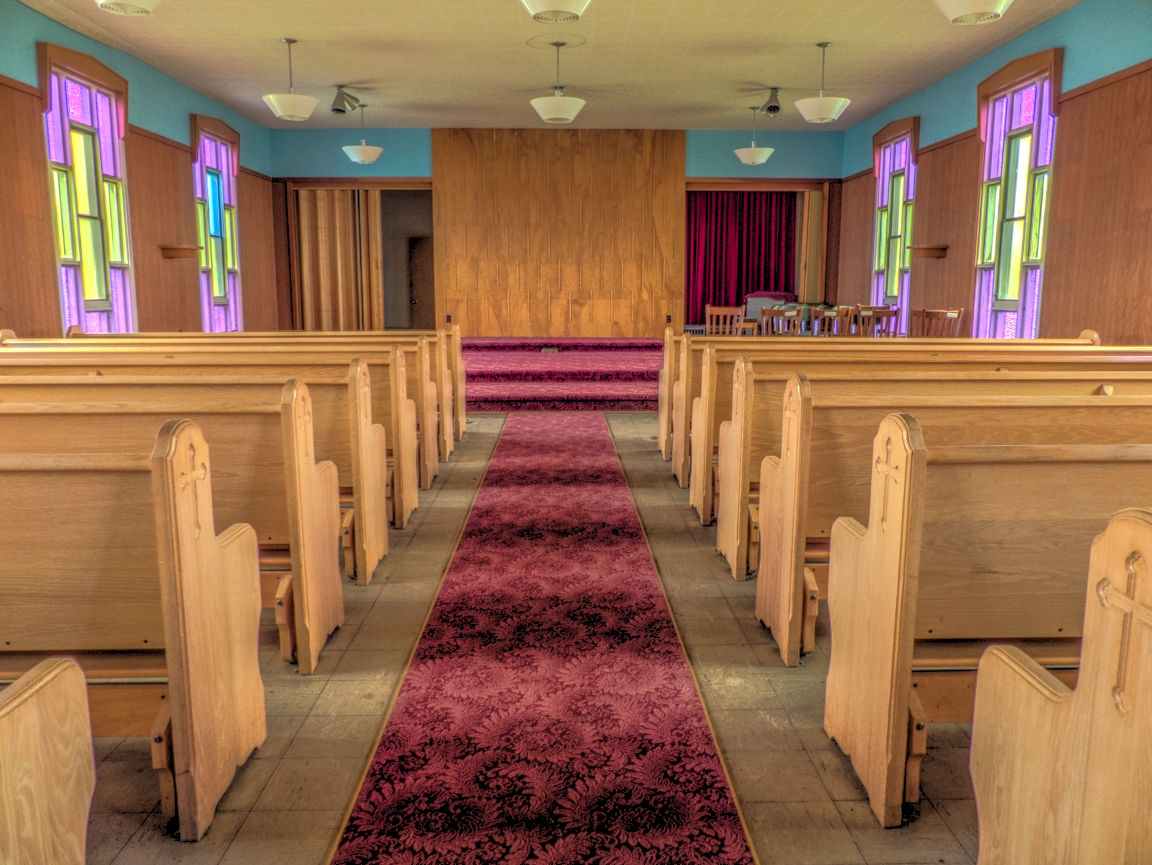
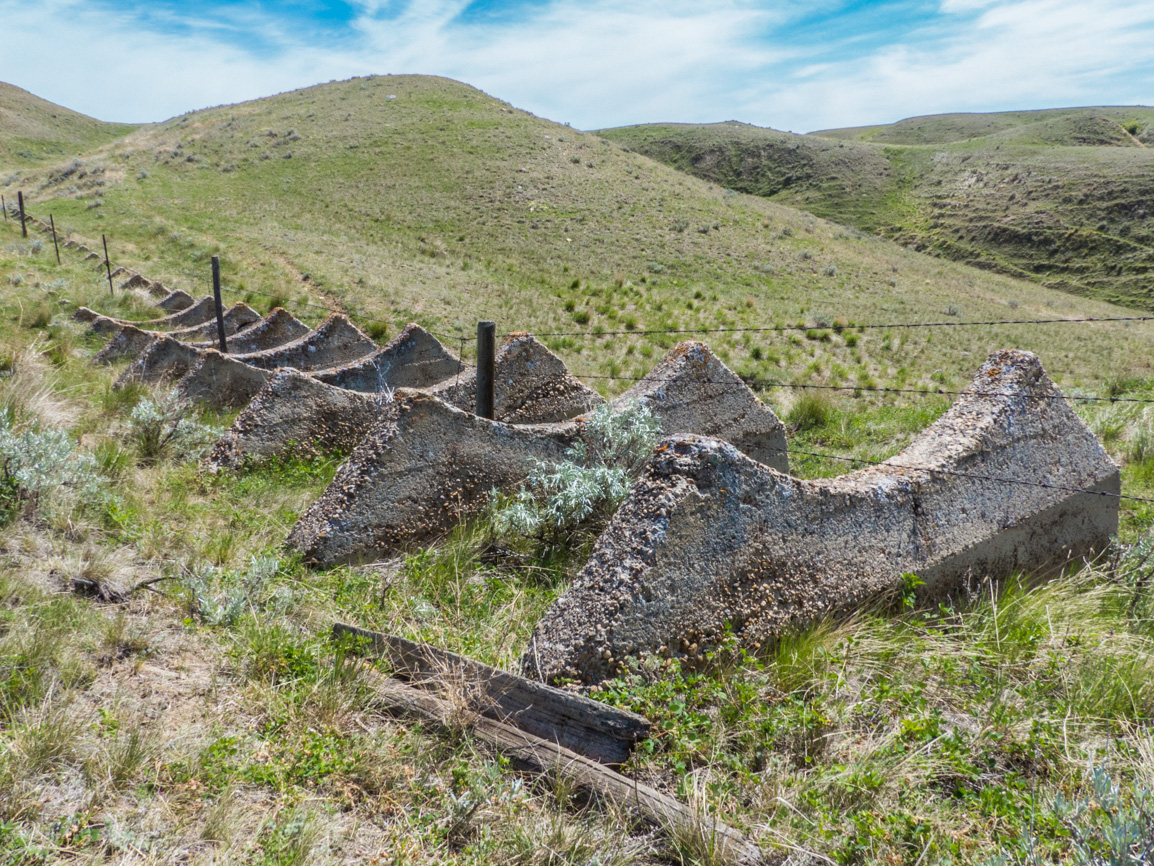
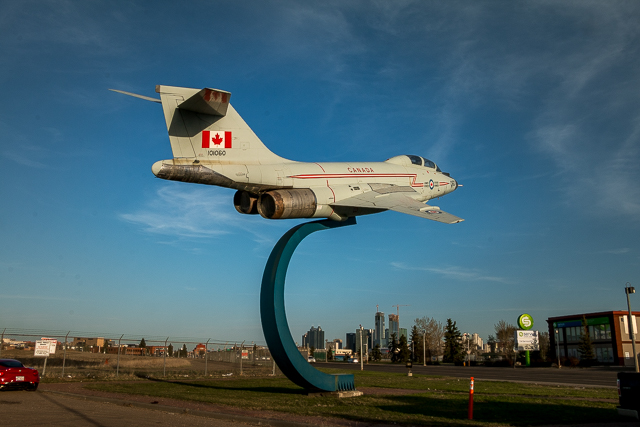
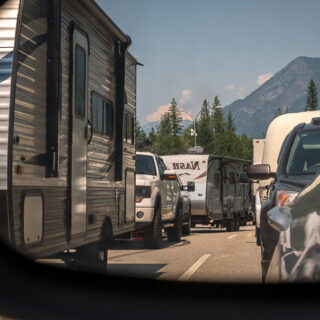
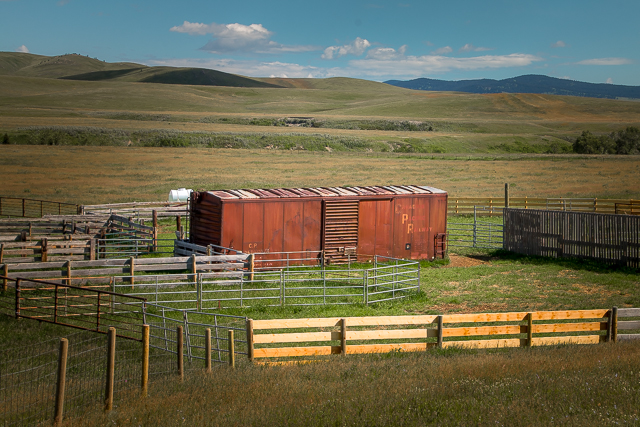







There was also a bunker built near Penhold. Do you have any insight on this?
We know of it, but only bits and pieces. Is there something specific you needed to know? Thanks for commenting!
I forgot to include this link in the first post, but wanted to add it to your page for the actual explanation of the purpose of this cave. It’s a newspaper article from 1970 with comments from the owners of Rocky Mountain Vaults & Archives, detailing their (pretty imaginative) plans for the space.
http://forums.clubtread.com/34-alberta/41233-rocky-mountain-vaults-archives.html
Not sure what stopped the project, or how much was completed when this was written. Interesting though!
We’ve seen that article since we wrote ours. So interesting! They had some grand plans from the sounds of it. Thanks!
Chris,
Great article, and pictures. As a lifelong resident of the Bow Valley, we heard similar rumors and stories growing up. It took some time to locate it, as at this time the Trans Canada Trail had not yet been built (which runs right along the access path), and even the old wardens and cavers in the area didn’t seem familiar with it. After enough third hand anecdotes, bits of stories etc., we narrowed the location down.
There is however one thing to note, that infact there was a road (and one still exists today) that will bring you from the bottom right end of the field (on the other side of the berm along the highway), straight up to the tree line (veritable incline), and through the forest, switchbacks and finally right along the side of the mountain to the entrance. It may appear overgrown from the highway, and looks more like a walking path now. It is still very much drivable though (narrower 4×4 vehicles prefered at the top, as large portions have eroded), and the cave can be driven right into. So trucks at the time could not only have accessed the entrance, but driven cargo (or been stored themselves) inside the cave. It does get difficult to breath inside without ventilation though, so idling is not recommended… 🙂
This subject is worth a revisit. We know more now, a lot more, and are better at what we do. There is a lot of omissions and far too many assumptions in the article. Indeed there is a road of sorts up to the entrance, which I guess small jeep type vehicle could negotiate, even today. If they hoped to use the bunker for storage however, they’d need to use bigger trucks to bring all that stuff in, and there is no way they could get close. I’m assuming those constructing the bunker had plans to remedy that however. Thanks for commenting!
Chris,
While researching my book “Underground Structures of the Cold War” at Library and Archives Canada, I came across no reference to this bunker, not even a hint. (Many of the government files on Cold War bunkers at LAC are now declassified.) This suggests that it may have been a private shelter. Or it may simply be an old mine.
But I did come across something interesting while doing my research at LAC. The army had planned to build, in I think the late 1940s, an underground ammunition depot somewhere in the Bow valley in possibly an old gravel pit by the CPR line. While the army never had a functioning depot there, I wonder if it had actually started construction.
Yes, this was a private undertaking, just that it never really got off the ground. It’s not a mine. The front ranges are for the most part devoid of metallic minerals and are almost exclusively comprised of plain old limestone. That material is quarried in the area to make cement for example. There is no need to tunnel however, the rock is everywhere, and given its low value, work must be on a large scale to make it economical (meaning pit mines). There is coal here and there under these mountains too, but not this particular one.
I am curious about that ammunition depot you mention. There is several long established limestone quarries across the river from the vault, very close to the train tracks. I wonder if these were the gravel pits spoken of? Were any more details given? I’d love to know more.
I was up there roughly 30 years ago with a school chum and his father. His father had told us that yes it was going to be used to store documents for the US government during the Cuban Missile Crisis! This is heresay but that is what if any information I may offer… its still cool though. Although I would be wary of wildlife living in there during certain times of the year!
I find it strange that this bunker was built no where close to a suitable road, given that it’s supposed purpose was to store large quantities of valuable documents. Did they plan on carrying everything in? I think the Cold War connection is still plausible however, but the story perhaps, as could be expected, has been romanticized and embellished over the years. Some have said that the bunker was a test run to verify that the concept of a in-the-mountain shelter was feasible. Could be I guess. I bet a few animals (not the party kind, although they have been seen there too) have called the place home.
Great blog! I just stumbled across it and love it. I’d love to visit this cave.
It’s neat!
When living in the area, I heard of it too, not knowing I had driven past it many times. It’s interesting to see it!